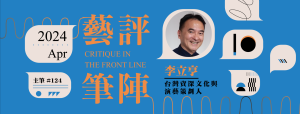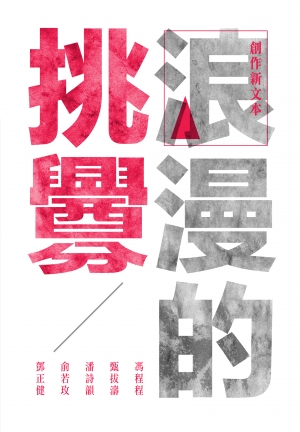Dizi and xiao (bamboo flutes) player Ricky Yeung Wai Kit was a gracious host. With a sweep of his arms he welcomed the audience to a tour of Southern and Northern China: a recital of traditional music with a small ensemble of strings, winds and percussion.
The concert began on a delicate note and ended with stormy virtuosity, showing the wide range of sounds in this tradition with an ever-changing palette of colors and techniques.
The first set of pieces was Jiangnan Silk and Bamboo music, arranged for erhu, yangqin, sheng and dizi by Lu Chunling, a southern-based Chinese folk musician in the early 20th century who became a famous performer and professor after 1949. The beautiful arrangement of the two pieces, Joyful Melodies and Street Procession, was mostly melodic with touches of harmony forming a halo of sound. The players created a blend of textures like embroidered brocade. The yangqin, or Chinese hammered dulcimer, played by Yanki Ma sounded like a fairy-tale piano, the sheng provided sustained harmonies, and dizi took the lead. Yeung’s sound on the transverse flute was confident, graceful and varied in expression.
The next set, Cantonese music, used an end-blown vertical flute without a membrane known as the xiao. This had a thinner, softer tone. The many slides and bends, longer melodic lines, and more complex scale gave this a plaintive, conversational mood. The Toll of the Temple Bell was appropriately slow and solemn with long phrases each flowing into the next. It featured the yehu, a southern version of the erhu with a coconut shell body, giving it a mellow, viola-like timbre. Lightly clicking finger-taps lent a charming note.
United We Go was a river of dancing notes, changing keys within the scales and becoming faster and faster. Chinese music has a way of gathering momentum with repeated figures, and here it ended with high register patterns and trills, creating a sparkling, festive mood.
The last section, Er-Ren-Tai folk opera tunes, was theatrical, high-energy and vigorous. Er-Ren-Tai refers to 二人台, two people on the stage. It is a folk musical genre from the region between Hebei, Shanxi, Shaanxi and Inner Mongolia. The artful arrangements were by Feng Zicun, another well-known folk musician of the early 20th century. In Embroidering a Purse fragments of catchy melodic ideas went along with jaunty rhythms, swooping runs and chirping grace notes, ending fast and bold. Forever Red (originally titled Forever Happiness) featured an introduction by the sheng, or bamboo mouth organ, performed by the accomplished Pang Hong Tai. The music began at a stately pace and veered into more intense, harsh territory. Far from sweetly lyrical the sounds were crisp and rough. The percussion was lively and the piece ended emphatically with a strident flutter-tongue note on the sheng.
The final piece was Hanging a Red Lantern, a quick and raucous dance. This was a long way from the delicate sounds of the Silk and Bamboo music, and showed the extraordinary range of expression of Chinese dizi music. Here Yeung showed that besides eloquent expression he is capable of brilliant virtuosity. The special effects including tremolos, flutter-tongue and flicks of grace notes gave the effect of dramatic speech. As the music accelerated toward the end it reminded me of a Rossini overture in overdrive. Chinese traditional music seems ready to be appreciated by a wider international audience and this is the kind of artistry needed to make it happen.
本網站內一切內容之版權均屬國際演藝評論家協會(香港分會)及原作者所有,未經本會及/或原作者書面同意,不得轉載。









